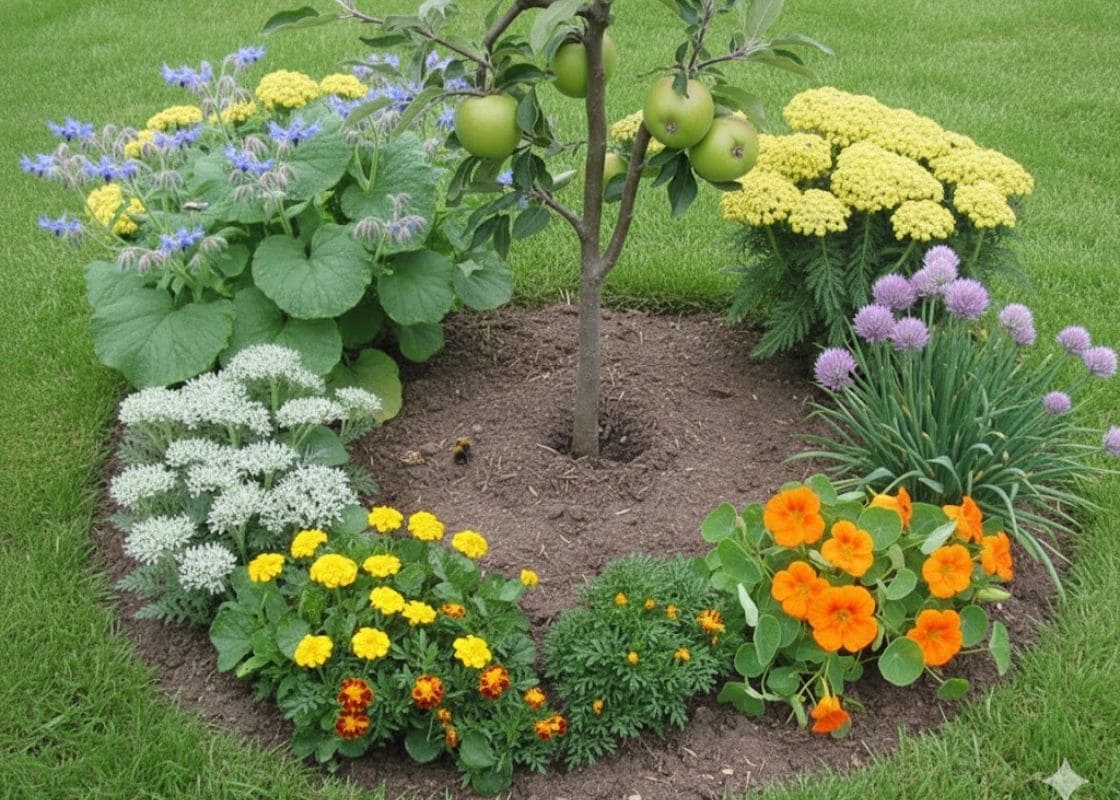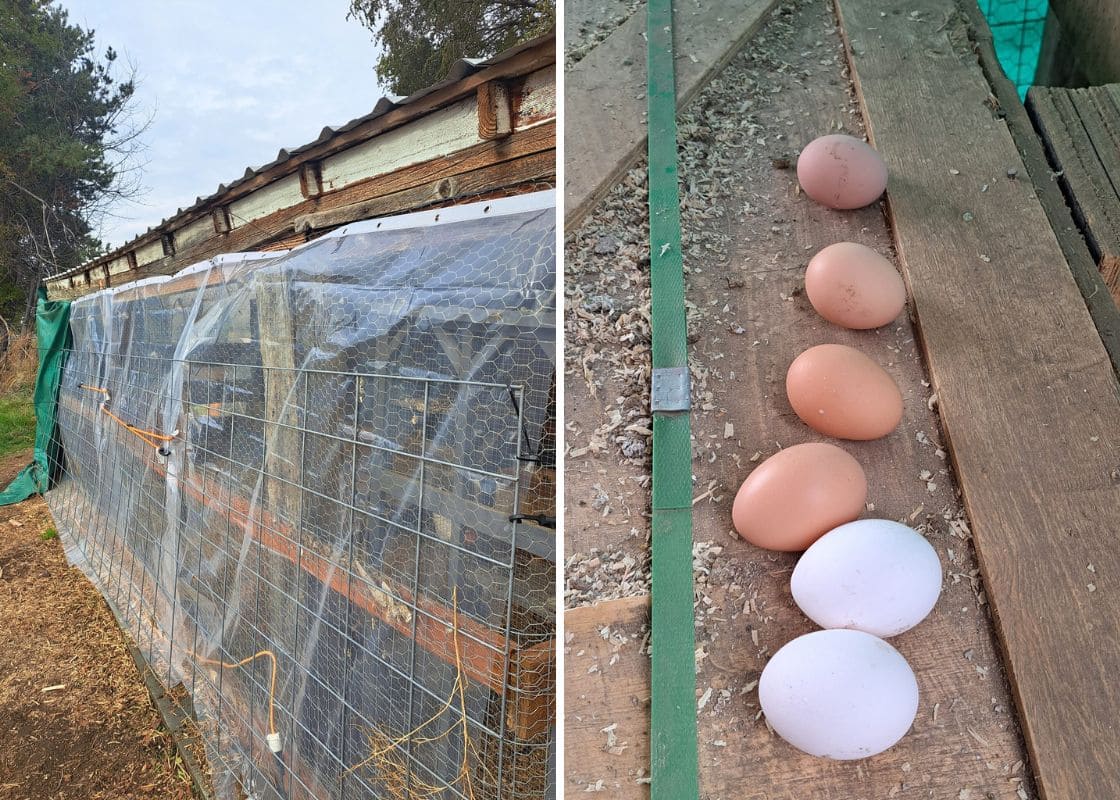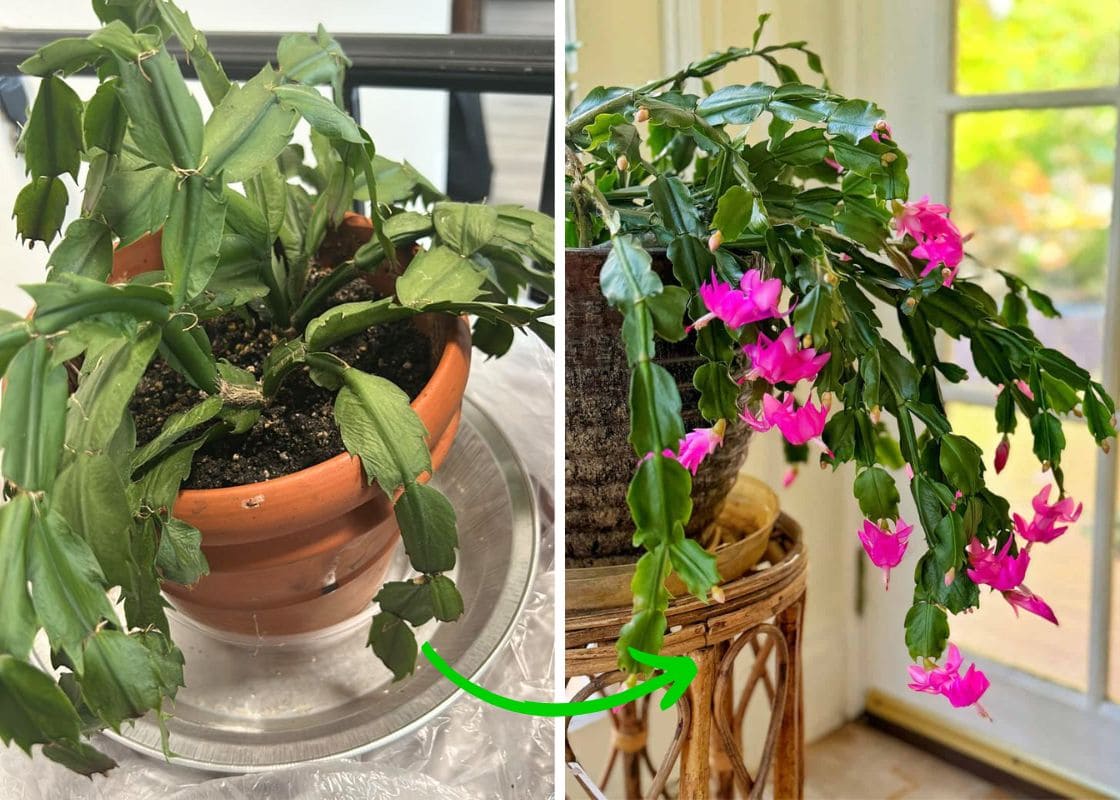Neem oil is often called a gardener’s secret weapon. It’s natural, biodegradable, and works against everything from aphids to powdery mildew.
But like any treatment, it has limits. Some plants simply don’t tolerate neem oil well.
Their leaves are too tender, too fuzzy, or too waxy, and spraying them can lead to burns, discoloration, or stunted growth.
Here are 10 popular plants you should never treat with neem oil plus safer ways to keep them healthy.
1. Basil (Ocimum basilicum)

Basil is beloved for its fragrant leaves, but those same leaves are soft and tender, making them very sensitive to sprays.
Neem oil often causes unsightly yellowing or brown spots, especially in hot sun.
Instead of boosting its health, the oil damages tissue and leaves basil looking wilted and weak.
If pests like aphids show up, the safest way to protect basil is by rinsing them off with water or planting companions such as marigolds that naturally repel insects.
2. Cilantro (Coriandrum sativum)
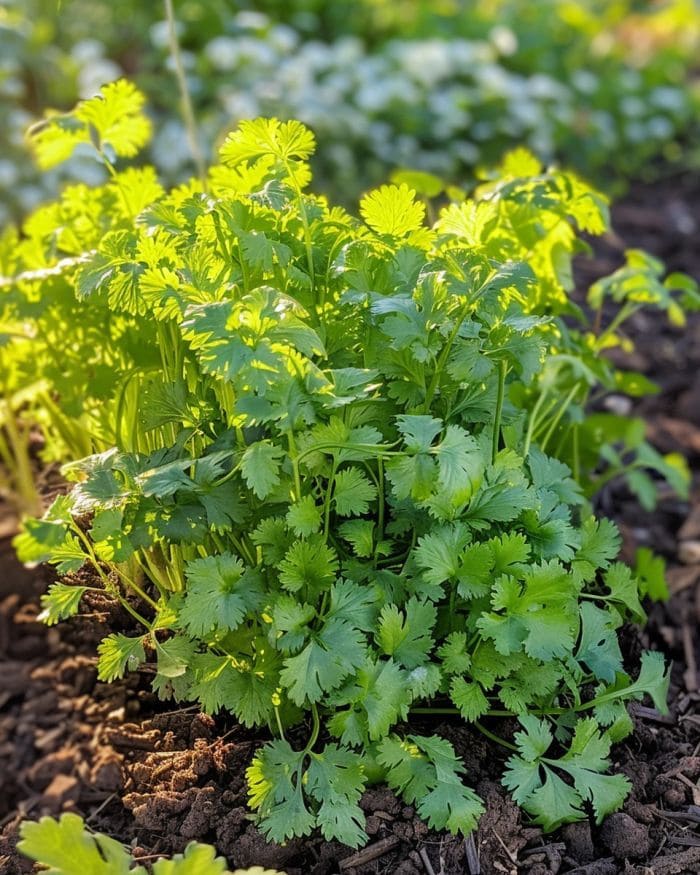
Cilantro is already quick to bolt or wilt under stress, so neem oil can be the tipping point that ruins a healthy crop.
Its delicate leaves soak up the oil, often leading to curling or burned patches.
Whiteflies and aphids are common problems on cilantro, but these can be handled with insecticidal soap or by covering the plants with lightweight row covers that block pests from landing in the first place.
3. Parsley (Petroselinum crispum)

Parsley’s lacy leaves don’t handle neem oil well. The oil tends to sit in the frilly texture of the foliage, smothering leaf tissue and leaving it mottled or brown.
Once that happens, the plant loses vigor and produces less of the fresh growth you actually want.
If you find pests on parsley, planting it near onions or garlic is a good preventative trick, while encouraging ladybugs can help keep aphids under control naturally.
4. Dill (Anethum graveolens)
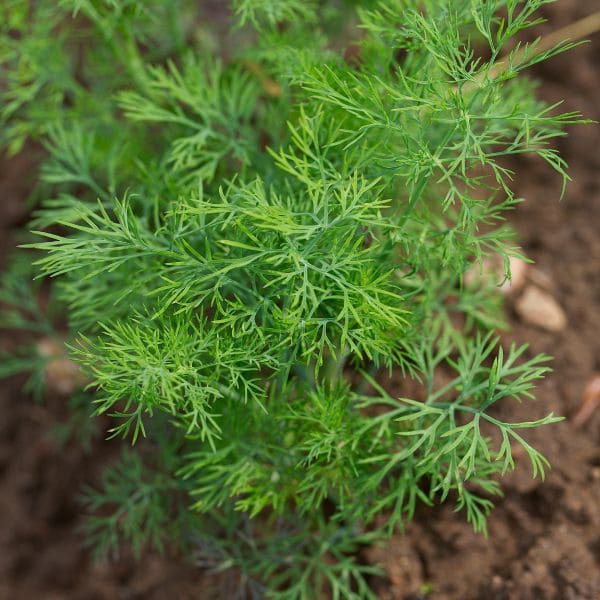
Dill looks delicate, and it truly is. Its feathery leaves absorb sprays too easily, and neem oil quickly causes damage instead of protection.
Because dill is often grown for fresh leaves as well as seed, applying neem oil risks contaminating what you plan to harvest.
If you spot caterpillars or aphids, a safer route is a gentle insecticidal soap spray or a treatment of Bt for caterpillars, both of which are harmless to the dill itself.
5. Oregano (Origanum vulgare)

Oregano leaves may seem a bit tougher, but their surface often holds onto neem oil in ways that leave burn spots.
The oily residue also makes the herb less appealing to harvest fresh.
When oregano suffers from aphids or spittlebugs, the better approach is regular pruning to improve airflow, since pests thrive in dense growth.
For heavier problems, a diluted insecticidal soap will handle the insects without damaging the leaves.
6. Lettuce (Lactuca sativa)
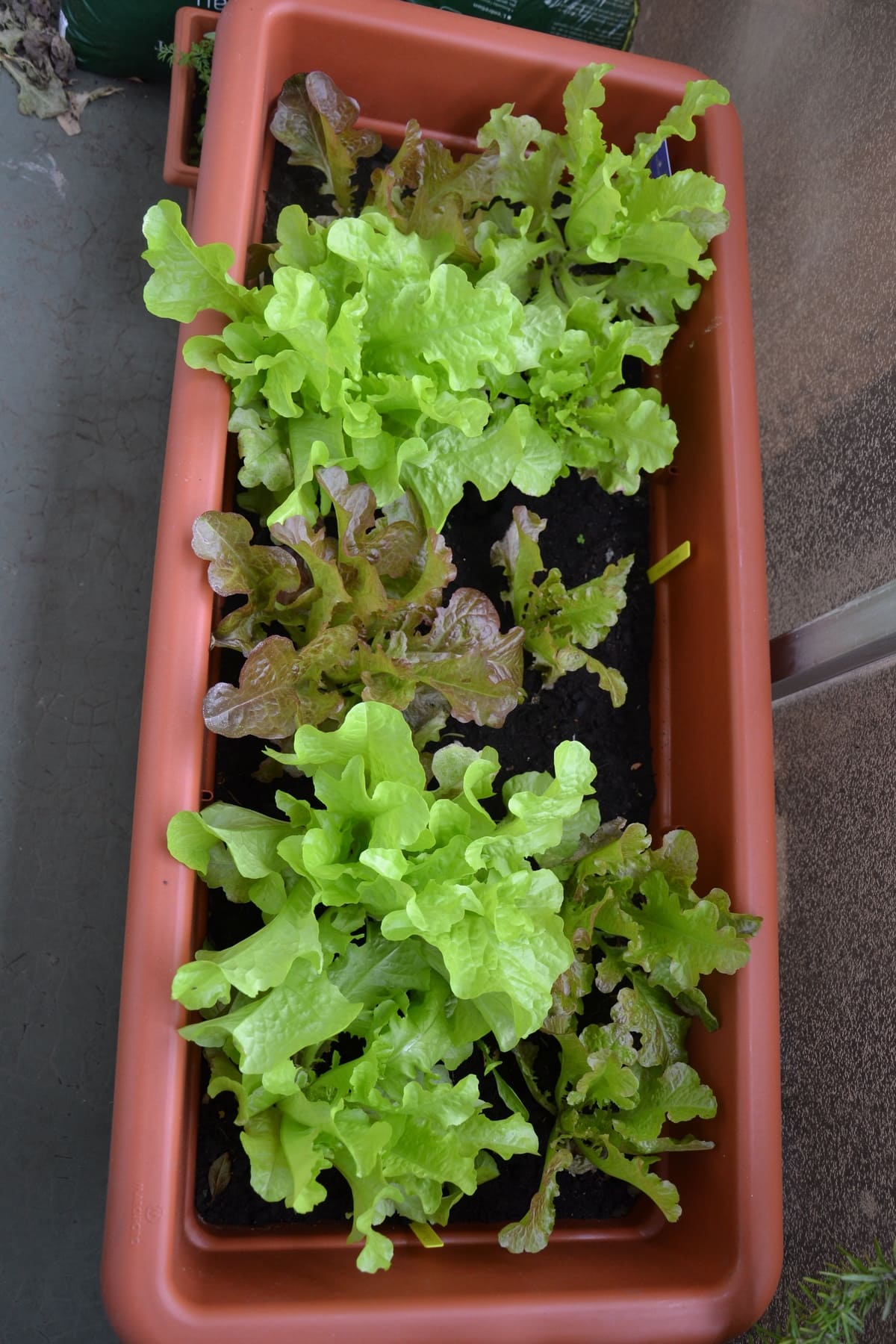
Few plants are as sensitive as lettuce. Its thin, watery leaves don’t just burn when sprayed with neem oil, they sometimes wilt completely within hours.
Since lettuce is harvested fresh and eaten raw, it’s also not a good candidate for oily residues of any kind.
Pest control works better here with physical barriers like row covers to block aphids and thrips, or diatomaceous earth sprinkled around the base to keep slugs away.
7. Spinach (Spinacia oleracea)

Spinach is another leafy green that reacts badly to neem oil.
Its tender leaves absorb sprays very quickly, leading to scorch marks or soft, collapsed spots.
Gardeners often notice that spinach treated with neem becomes less palatable as well.
Instead of neem oil, use sticky traps for flying pests like leaf miners, remove and destroy damaged leaves quickly, and rely on beneficial insects like ladybugs to handle aphids before they spread.
8. Kale (Brassica oleracea var. sabellica)
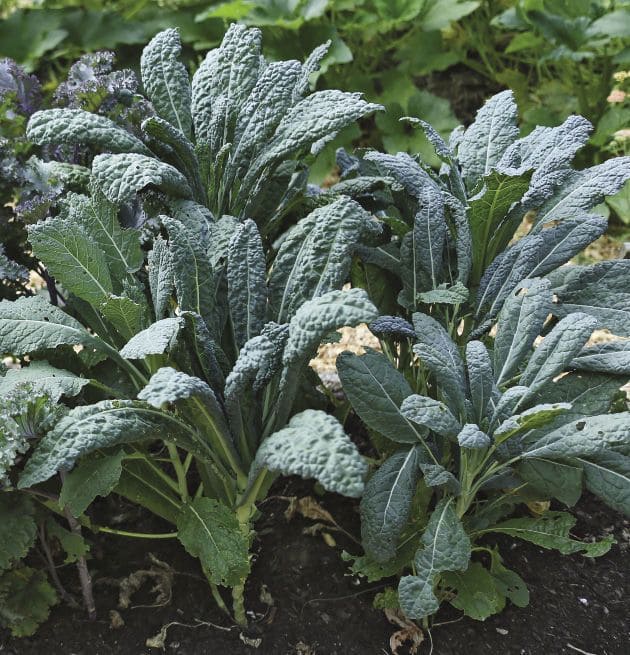
Kale is tougher than lettuce or spinach, but neem oil still leaves it vulnerable.
Instead of absorbing evenly, it tends to sit on the large, textured leaves and create patches that burn in direct sun.
Since kale is usually harvested leaf by leaf, applying neem oil risks leaving residues on edible parts.
Flea beetles and cabbage worms are common kale pests, and these are much more effectively controlled with floating row covers or Bt treatments.
Companion planting with strong-scented herbs like thyme also helps deter insects naturally.
9. Ferns (Boston Fern and others)
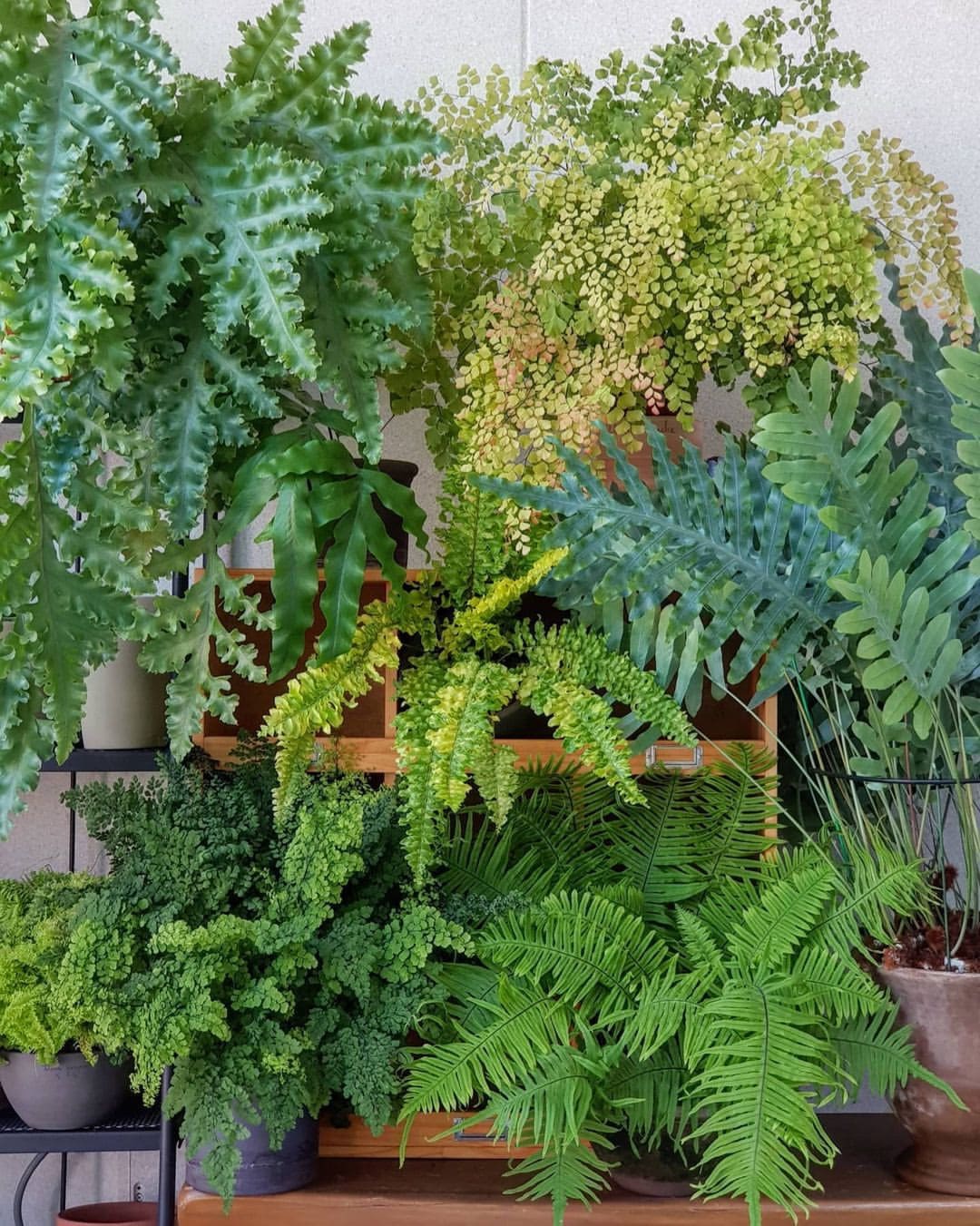
Ferns are especially sensitive because of their delicate fronds.
The finely divided leaves don’t respond well to oily coatings, which clog pores and often lead to yellowing or browning soon after treatment.
Instead of neem oil, ferns benefit more from good cultural care.
Keeping humidity high discourages spider mites, while a gentle rinse under water washes away pests.
For problems like scale, a cotton swab dipped in alcohol works far better than spraying oil.
10. Succulents (Echeveria, Haworthia, and others with powdery coatings)
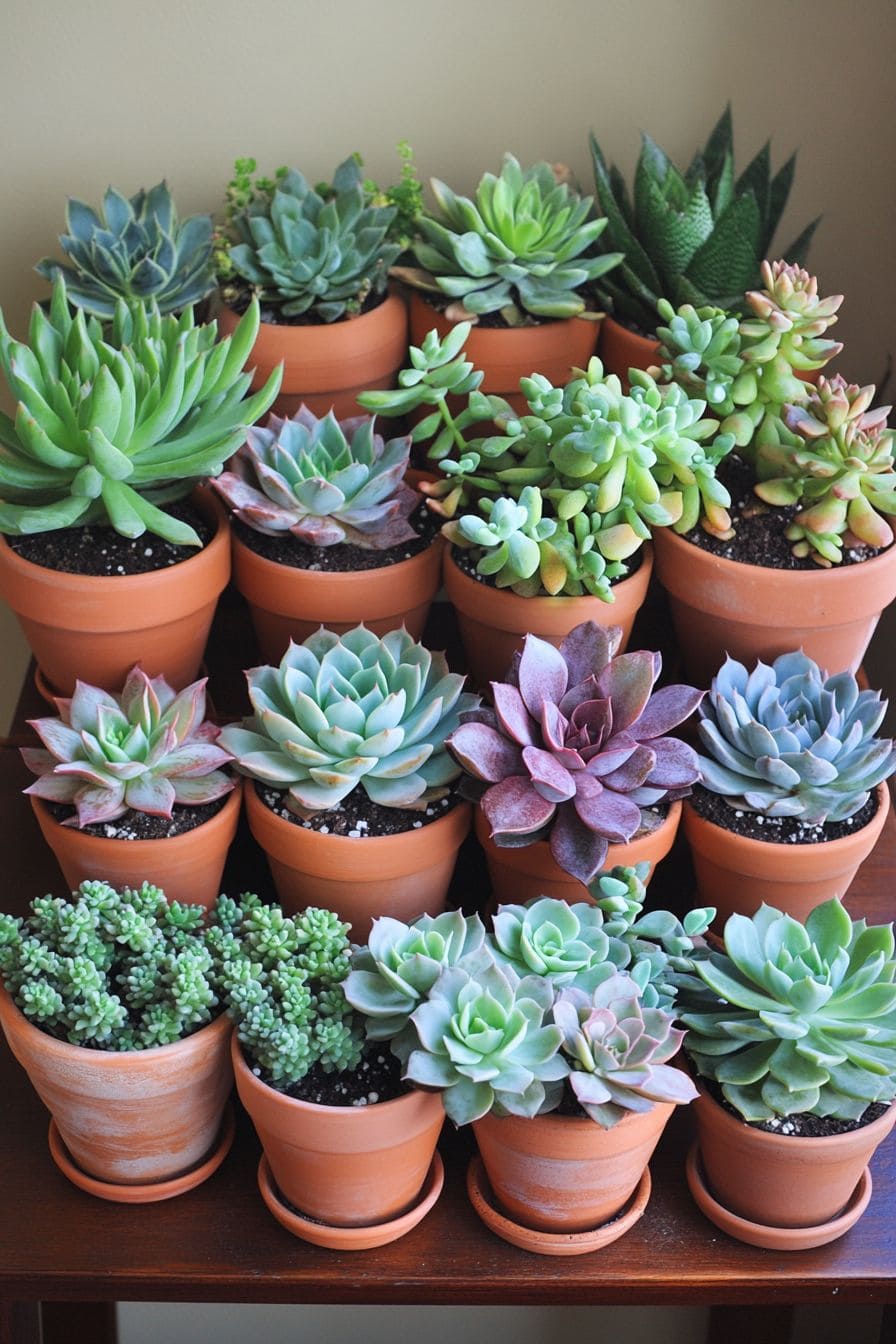
Succulents look tough, but many varieties, especially those with a powdery bloom called farina react very badly to neem oil.
The oil dissolves that protective coating, leaving permanent scars and making plants prone to sunburn.
Even waxy succulents can be marred by greasy residues.
If mealybugs or scale appear, the safer method is to dab them directly with alcohol-soaked cotton swabs, prune affected leaves, or isolate infested plants until they recover.



